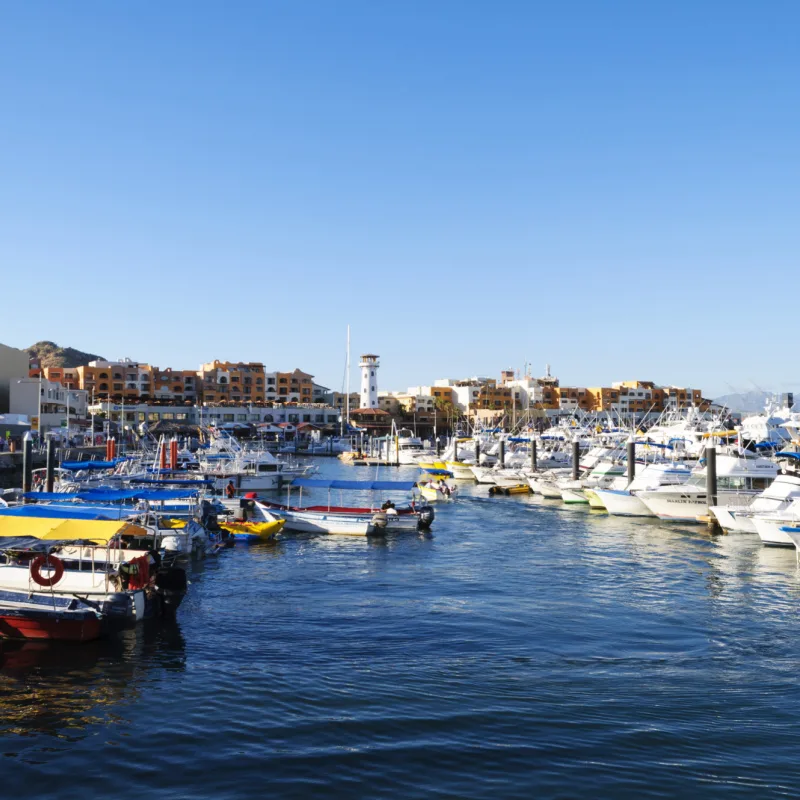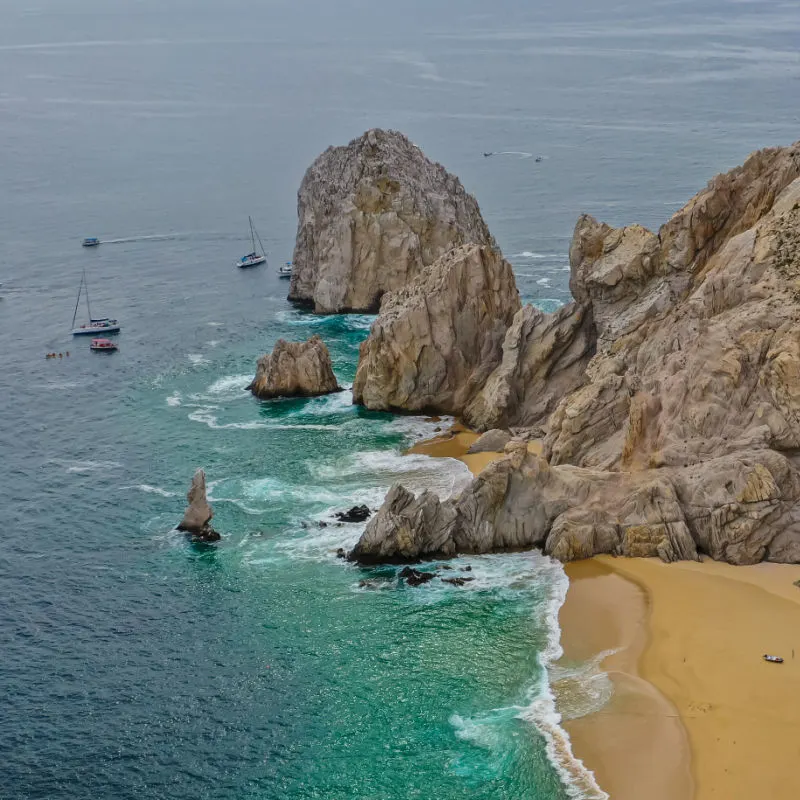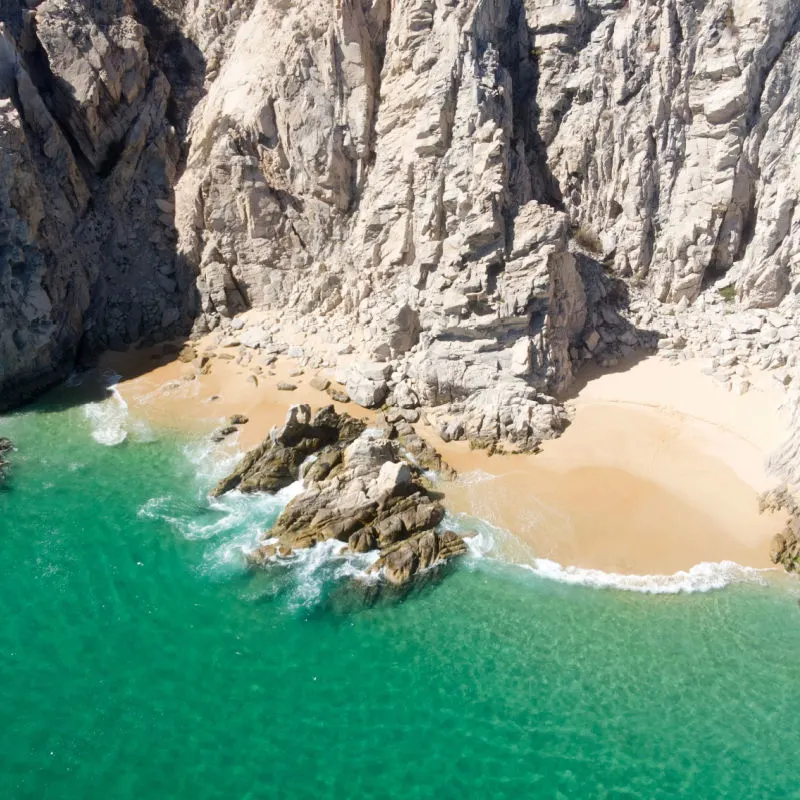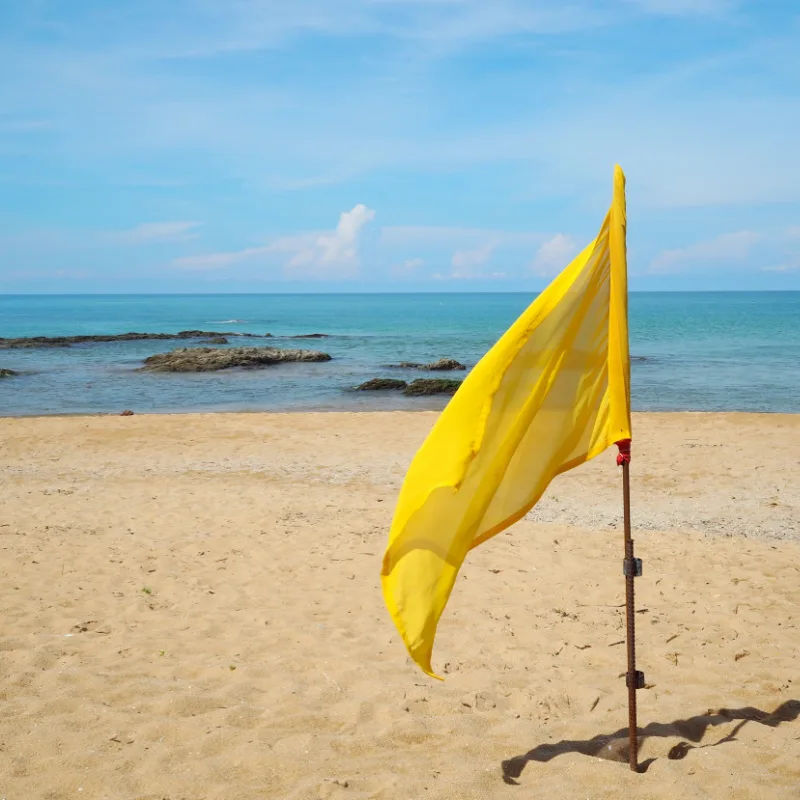Last Updated
Most people coming to Los Cabos for their holidays do so to spend their days enjoying the stunning beaches of this municipality.
From Lover’s Beach to El Médano Beach, and Santa Maria Beach, visitors are spoiled for choices here. But are these areas safe?

What happened?
According to local news, on Sunday 11th a fatality took place on one of Los Cabos’ beaches.
Reports state that the body of a dead man was found in Cabo San Lucas. No one witnessed the accident but experts were able to state that the man lost his life due to drowning.

Soon after, a video started to circulate on social media showing people trying to save the man, by carrying out standard maneuvers. Unfortunately, it was already too late, as the man did not show vital signs.
The local police soon requested the removal of the body and started an investigation to clarify the causes that led to such a fatality.
Unfortunately, this is not the first time that a fatality has occurred on one of Los Cabos’ beaches. At the end of January 2024, a man lost his life at sea on La Ventana Beach.

The local Forensic Medical Service (SEMEFO) immediately arrived on the scene to transfer the body to the nearest hospital to begin the legal autopsy procedures.
In light of these two fatalities, people heading to Los Cabos soon may now be wondering whether this area is safe for bathers.
Should tourists be concerned?
Despite the recent fatalities, Los Cabos beaches remain safe. The local government is constantly trying to improve its safety levels with a number of initiatives, mainly focusing on the municipality’s most popular tourist sites.

These include beaches such as Lover’s Beach, El Medano Beach, and El Chileno Beach. Not by chance, Los Cabos remains the North American destination with the highest number of blue-flag-certified beaches.
This title is given to areas that are not only characterized by breathtaking nature and high levels of cleanliness but also by top-notch security measures to keep bathers safe at all times.
Not by chance, last year the Los Cabos government took the decision to hire lifeguards to patrol the most popular beaches in the municipality 24/7, to protect tourists from the ever-changing conditions of the Pacific Ocean.

On top of this, just a few days ago, local authorities added more patrols on Los Cabos’ beaches to make sure all street vendors operating here are in possession of the right documentation to carry out their work legally.
In a recent interview, the Head of Municipal Fiscal Inspection, Luis Ovidio Marroquín Gómez said: “We know that we have a fairly large influx on the beaches of our beautiful municipality. Especially on the beaches of Cabo San Lucas, in the Médano area, the regulation indicates 695 vendors. (…)”
He later continued: “[This number] has easily increased by approximately 200 percent. We are already reaching 2,000 street vendors who do not have regularization through the municipality.”
Follow the local guidelines

Despite the high levels of security, it is important for tourists to always follow the guidelines given by local lifeguards when entering the sea. In fact, while some beaches tend to be safe all year round, others are characterized by harsh conditions that make them inaccessible to bathers. Some of these areas include Playa Solmar, Playa Pedregal, and Divorce Beach.
It is also important to point out that some beaches in Los Cabos are only accessible to expert surfers due to the strong currents and waves characterizing these places. Among these are Playa Monumentos, El Tule Beach, and Playa Acapulquito.
Lastly, tourists should keep in mind that even though many tourist beaches tend to be often safe, conditions can suddenly change. When this happens local authorities place warning flags on the shore indicating whether a certain beach is accessible or not.

For instance, red flags indicate a prohibition from accessing a beach, while red flags represent a ban from entering the water. Yellow flags allow people to access the sea while exercising high levels of caution while white flags indicate the presence of dangerous animals. Los Cabos tourists are advised to learn what each color represents to avoid accidents.
Plan Your Next Cabo Vacation:
Traveler Alert: Don’t Forget Travel Insurance For Your Next Trip!
Choose From Thousands of Cabo Hotels, Resorts and Hostels with Free Cancellation On Most Properties
↓ Join The Community ↓
The Cabo Sun Community FB group has all the latest travel news, conversations and current events happening in Los Cabos

Subscribe to our Latest Posts
Enter your email address to subscribe to The Cancun Sun’s latest breaking news affecting travelers, straight to your inbox.
